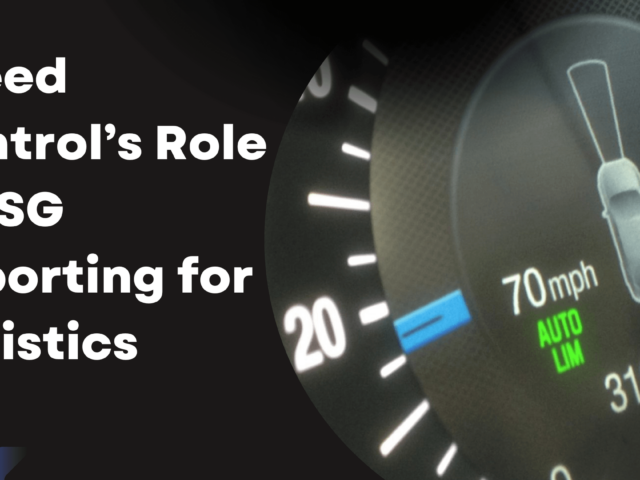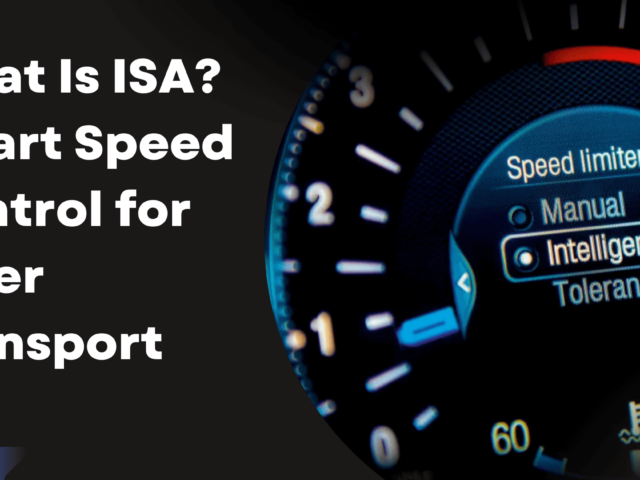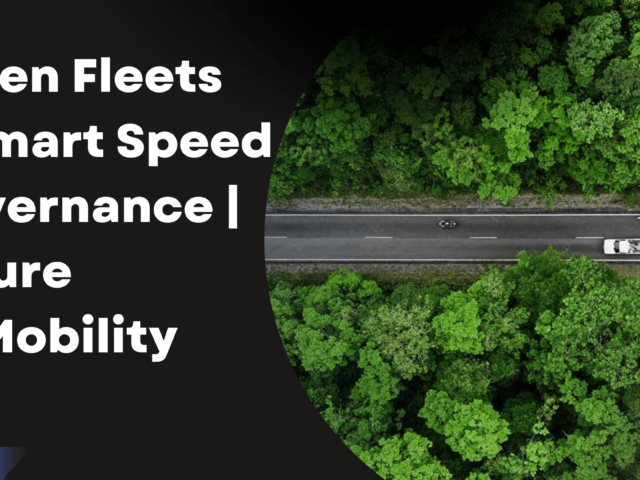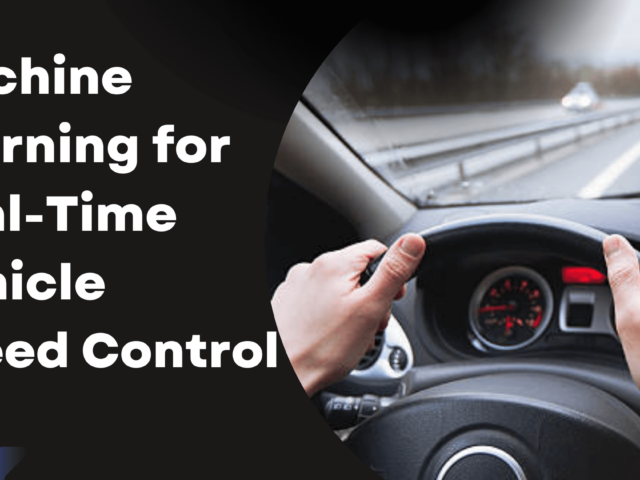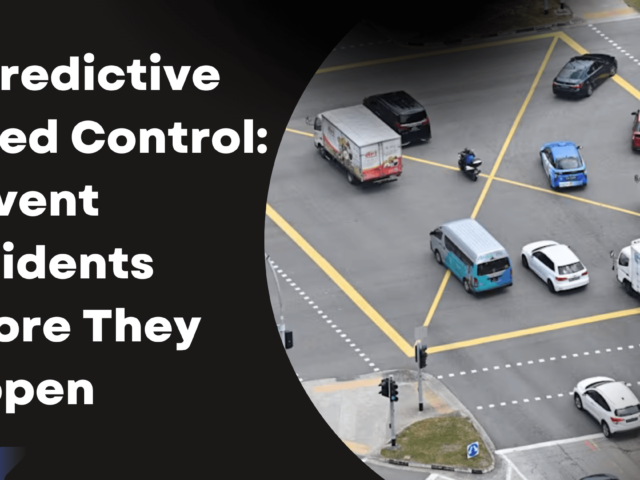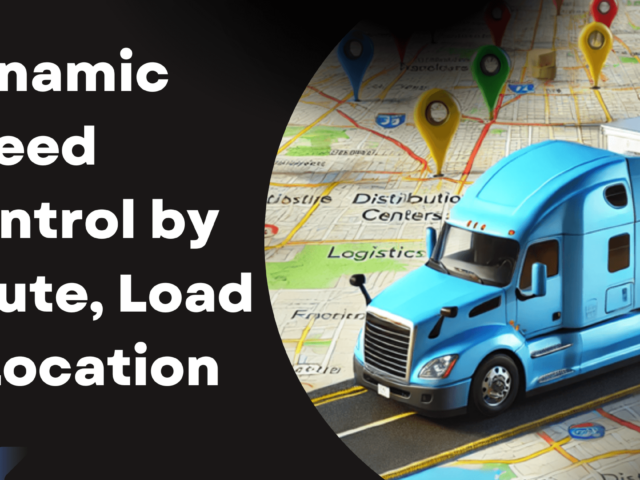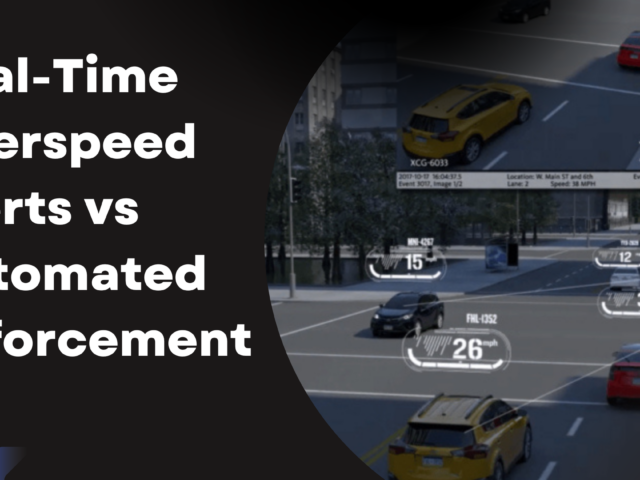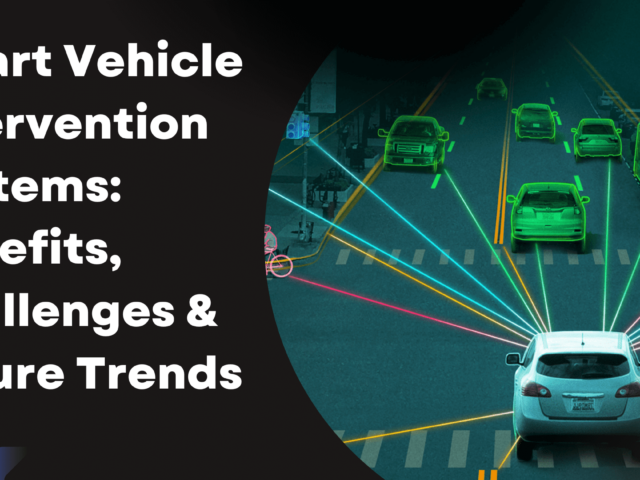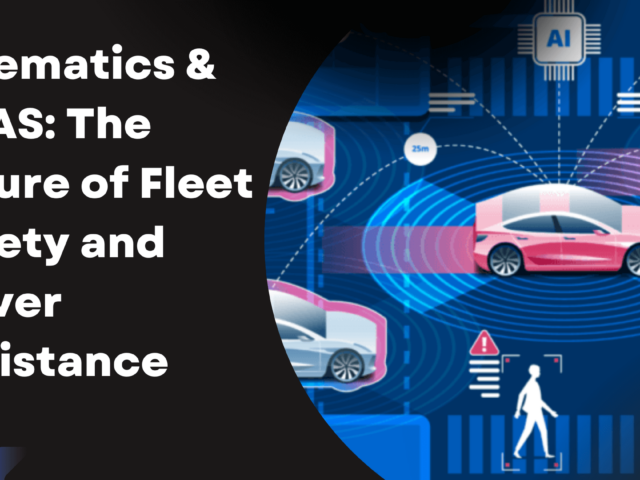Managing a fleet today isn’t just about moving vehicles from point A to B. It’s about doing it smarter, cleaner,...
Read More
Blog
Jun 15, 2025 Resolute Dynamics
Speed Control’s Role in ESG Reporting for Logistics
In today’s logistics world, speed is a double-edged sword. Move too slow, and you're inefficient. Go too fast, and you're...
Read More
What Is ISA? Smart Speed Control for Safer Transport
How Smart Speed Limiters Are Driving Safer and Greener Roads When we think about making our roads safer and our...
Read More
Green Fleets & Smart Speed Governance | Future of Mobility
Transportation is changing fast. We're seeing more electric vehicles (EVs), hybrid trucks, and fleets running on clean fuel. At the...
Read More
ISA Technology for Fleets: Cut Emissions & Boost Efficiency
Fleet operations are under more pressure than ever to go green. With fuel costs rising, environmental regulations tightening, and public...
Read More
Machine Learning for Real-Time Vehicle Speed Control
Speed is one of the most important things to control when it comes to road safety. Whether you're driving a...
Read More
Edge AI in ISA: Smarter, Safer Fleet Management
In today’s world, vehicle safety is no longer just about seatbelts and airbags. It’s about intelligence. Fleet operators are under...
Read More
AI Model Drift in ISA Systems: Risks & Smart Fixes
Imagine driving a vehicle where the speed assistance system no longer understands the speed limit on the road. Sounds dangerous,...
Read More
Adaptive Learning for Fleet Speed Management
Fleet operations are changing fast. With roads getting busier and regulations tightening, companies need smarter ways to manage how their...
Read More
AI Predictive Speed Control: Prevent Accidents Before They Happen
Road safety isn’t just about reacting to danger—it’s about predicting it before it ever shows up. That’s the big promise...
Read More
Dynamic Speed Control by Route, Load & Location
Smart vehicles can now adjust their speed automatically—based on the road, the weight they’re carrying, or even where they are....
Read More
How to Customize Control Profiles for Different Fleet Types
Modern fleets aren’t just about wheels and engines anymore. They’re moving ecosystems packed with sensors, software, and smart decision-making tools....
Read More
Managing fleet risk with automated safety protocols
Automated safety protocols help reduce fleet risk by using AI-powered systems, real-time telematics, and intelligent vehicle controls to prevent accidents,...
Read More
Fleet Compliance Automation with AI & Telematics
Fleet compliance enforcement through automation uses AI, telematics, and intelligent control systems to ensure vehicles follow road rules, safety standards,...
Read More
Centralized vs vehicle-level control systems: Which is better?
The way vehicles make decisions is changing fast. We're not just talking about turning on headlights or braking—today's vehicles need...
Read More
ISA + telematics: Combined power for safer fleets
Combining ISA (Intelligent Speed Assistance) with telematics is a game-changer for fleet safety. ISA helps keep vehicle speeds in check...
Read More
Real-Time Overspeed Alerts vs Automated Enforcement
Speeding is one of the biggest causes of road accidents. Whether you're managing a fleet of delivery vans or operating...
Read More
Secure Fleet Data: Protect Operations with AI & Telematics
When managing a connected fleet, protecting your data is no longer optional—it's mission-critical. Secure fleet data transmission ensures that your...
Read More
Smart Vehicle Intervention Systems: Benefits, Challenges & Future Trends
Smart vehicle intervention systems (SVIS) are advanced safety technologies that monitor, analyze, and take action to prevent accidents before they...
Read More
Telematics & ADAS: The Future of Fleet Safety and Driver Assistance
Fleet safety has come a long way. Gone are the days when managing a fleet just meant tracking mileage and...
Read More

